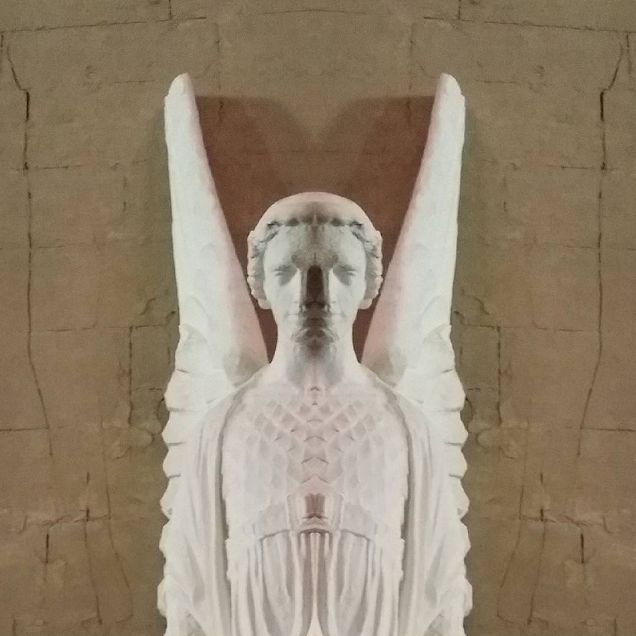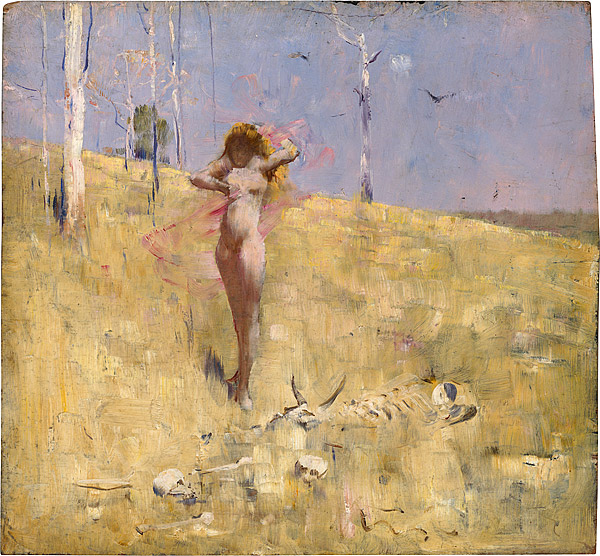“A model is a lie that helps you see the truth” is a quote by Howard Skipper, an American doctor.
Here I try to extend this pattern, replacing “model” by cousin ideas : “pattern”, “structure”, “map”, etc.
So what? A “model” is not the real world, it’s a construction made to help us to understand the real world.
A MAP IS NOT THE TERRITORY, right? A map is a LIE, it doesn’t give you changes, colors, moods, light, temperature and life. But it’s a useful, thought, for a purpose…
You can be very serious while modeling things (in Science) and an architect will build models (in cardboard or on computers), but you can also be a little casual “just to see what you’ll see”.
For example you can see each of these things : a school, a couple, or a battle, as : a machine, a living creature, a computer, a kingdom or a business company. If you “apply” your model, you’ll rule out something, but you’ll find interesting things too. Then, trash the model. Because it’s a LIE, of course!
A model is a construction made to help us to understand the real world.
It can be using a structure and also “a way to explain how it works”, moves and evolves. Let’s use the model of “a business company” to study “a married couple”. Who’s the CEO, how does the money flow, what are the goals, etc…
It can be more like a skeleton, a complex map of “what it is”, or a single archetypal word :
- Mauss studied suicide or gift and made entire books about these. A way to search for “what is common”, the “fundamental characteristics”.
- Simmel studied the bridge : it links two territories, it is a territory itself, it “shows itself” as a bridge, and it is a “will of connection” (over a river, for example).
Yes, this leads to Archetypes (Jung)
a statement, pattern of behavior, or prototype (model) which other statements, patterns of behavior, and objects copy or emulate
To Forms in philosophy (Plato)
pure forms which embody the fundamental characteristics of a thing in Platonism
and to the most precious diamond : the Symbol.
a symbol is a mark, sign, or word that indicates, signifies, or is understood as representing an idea, object, or relationship. Symbols allow people to go beyond what is known or seen by creating linkages between otherwise very different concepts and experiences.
(All quotes from Wikipedia – I bolded some words)
Questions :
Who’s right? Skipper who uses the word “lie”, or Plato and Jung who seem to seek a “pure form”? Is all this a search for a link, common aspects in different things, or are these just tools to explore a concept , moving aside difficulties and details? Are you more interested in details, or structures? Why do we say that there are only a few ways to tell a story (Google : Seven Basic Plots)? What are the “order” games like MBTI, Zodiac or Enneagrams? Is a symbol the tiniest and more radioactive possible model?
Let’s say you’re introvert, fast, jealous, a father, a murderer or a valet. Is it a lie, because it’s true but way too simple (and a label on your face) – then you list the subtilities, the movements, the reasons, etc -, or is it a funny truth which could lead you to make decisions, or find other archetypes to think about?
You can also read : Ecceity
Yeahh, overthinking, I know…
Thanks for reading!


























